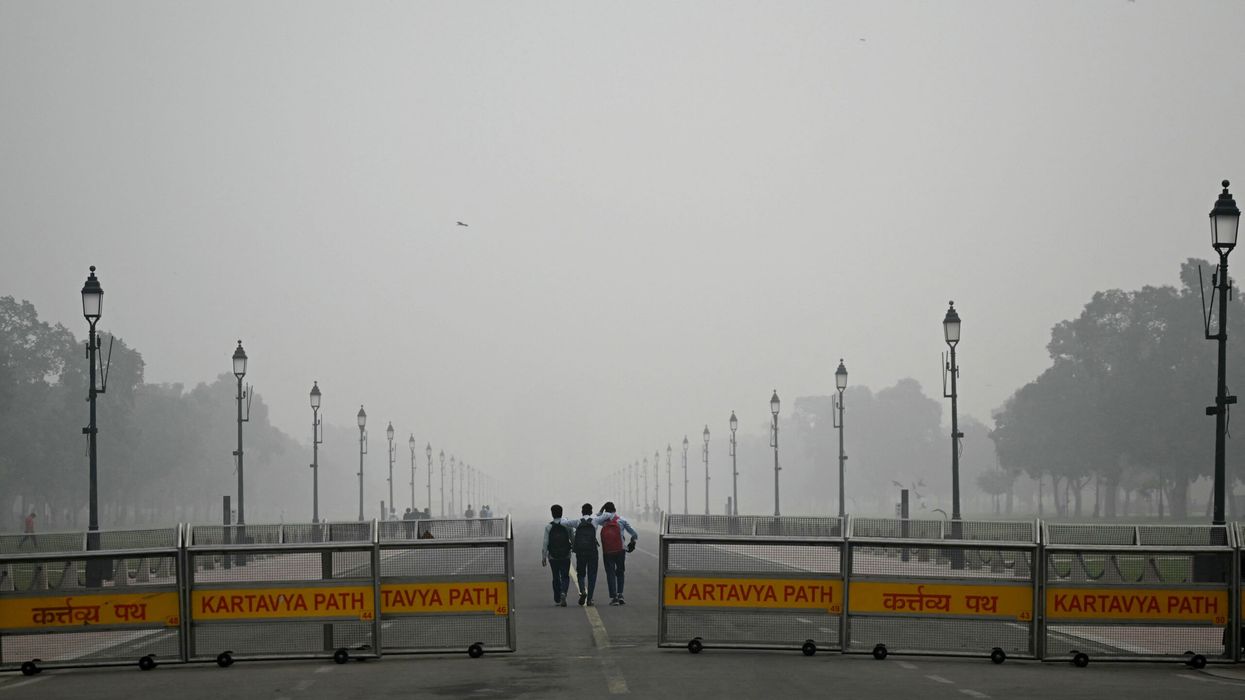RESIDENTS in New Delhi faced severe air pollution on Wednesday as toxic smog engulfed the city, with pollution levels exceeding the World Health Organization’s daily recommended limit by more than 50 times. Many residents cannot afford air purifiers, nor do they have adequately sealed homes to shield themselves from the hazardous air, which is linked to thousands of early deaths each year.
Air pollution in Delhi peaks in the winter months, from mid-October through January, as cooler temperatures and low winds trap dangerous pollutants. Early Wednesday, monitoring firm IQAir reported “hazardous” levels of pollutants in parts of the city, with measurements reaching 806 micrograms per cubic metre. This is more than 53 times above the WHO’s daily maximum guideline for PM2.5 particles—microscopic pollutants that can enter the bloodstream through the lungs and are linked to cancer and respiratory illnesses.
By midday, pollution levels eased slightly but remained 25-35 times above safe levels, varying by district. The annual smog in Delhi is largely attributed to nearby agricultural stubble burning, emissions from factories, and vehicle exhaust.
In addition to these sources, a report by The New York Times based on years of sampling highlighted dangerous emissions from a power plant incinerating Delhi’s landfill waste. Experts cited in the report described the heavy metal levels from the site as “alarming.”
The dense smog also caused delays in flights across northern India, with the India Meteorological Department reporting that visibility at 18 regional airports, including Delhi, fell below 1,000 metres and at times dropped under 500 metres.
Last month, India’s Supreme Court declared clean air a fundamental right and directed both central and state governments to take action. However, critics argue that political conflicts between state and central authorities and concerns about upsetting influential voter bases, like farming communities, have hindered effective solutions.
Local authorities have introduced various measures to curb pollution, though their impact has been limited. Government trucks periodically spray water to reduce airborne pollutants, and a recently launched initiative using three small drones to spray water mist was criticised as a “band-aid” approach to a growing public health crisis.
The WHO warns that air pollution can lead to severe health issues, including heart disease, lung cancer, and respiratory diseases, with infants, children, and the elderly being especially vulnerable. A 2019 study published in The Lancet attributed 1.67 million premature deaths in India to air pollution.
(With inputs from AFP)












